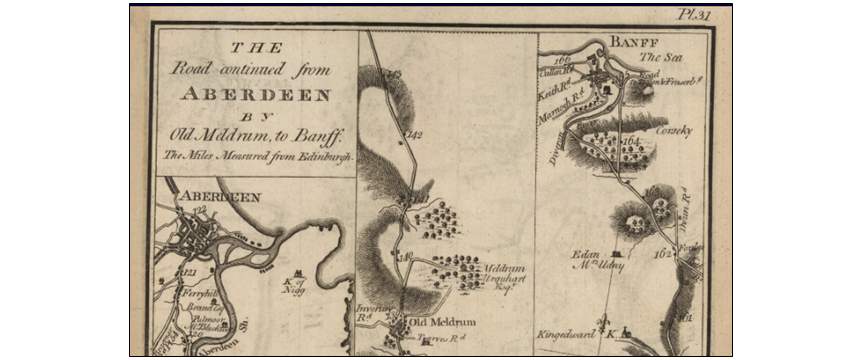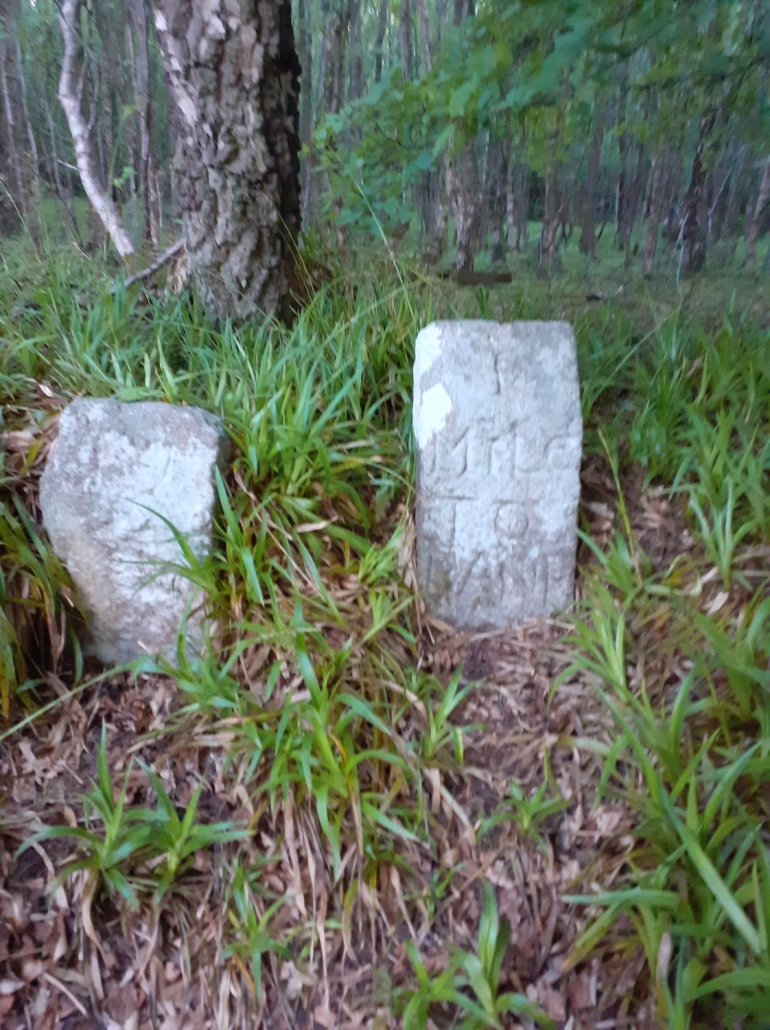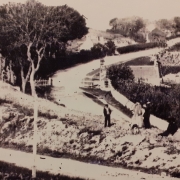
Part of a map from Taylor and Skinner’s Atlas – 1776
Aberdeenshire council fills 31.000 potholes in three years. On reading Dr James McIntosh’s thesis “Roads in the Vale of Deveron from 1750 to 1850” I realised that the state of the roads has always been an issue.
As early as 1555, the need for road maintenance was recognised – highways connecting market towns and ports should be “observit and keepit”. In 1718 early Road Acts identified seaports, market towns, parish kirks, noblemen’s houses and bridges as important points to keep well connected. In this area Banff and Portsoy were the main ports for general cargoes and Down (later Macduff) and Gardenstown were well established fishing villages.
In Banffshire, in common with other areas, prior to the 1700s the roads were narrow tracks, along which most people walked and only the well-to-do rode on horseback. The Inverness to Aberdeen road which came through Banff was referred to as a currach road, one suitable for horses laden with creels or currachs.
In the mid-1700s, the roads were in a terrible state, most of them turning to mud when it rained. Cumberland’s troops had difficulties on the way to Culloden, “getting cannon and heavier accoutrements across the Howe of Castleton”. One of the common complaints was that tenants with arable land on both sides of a road would plough right across the road.
Road repairs were undertaken by parishioners who in Banffshire were required to work on the roads for six days per year from 6am to 6pm, with two hours recess in the middle of the day. In 1769, all men aged from 15 to 70 had to take part. Notices telling people when they were needed were issued by the Sheriff and Justices who met in May and decided on the repairs and improvements needed and a District Convener organised the work – in the Banff District this role was carried out, from 1774 to 1795, by William Rose, factor to Lord Fife. The announcements of where and when people were required were read out at the Kirk on a Sunday. If people refused they were ordered to pay 18d a day and if they didn’t pay, a Constable with a warrant would go to their homes and remove objects up to the value of the money they owed.
After Culloden, the need for decent roads grew, for ease of the military moving around the country and also for the growing trade taking place, for example the linen manufacture around Banff.
In 1776, G. Taylor and A. Skinner created Scotland’s first road atlas. This was designed for the growing number of travellers and could be folded to make it easy to carry. These show the main roads around Scotland in narrow strips, three to a page. The road we are interested in is the one from Edinburgh to Inverness via Banff. https://maps.nls.uk/view/74400384

 BPHSMOB
BPHSMOB

